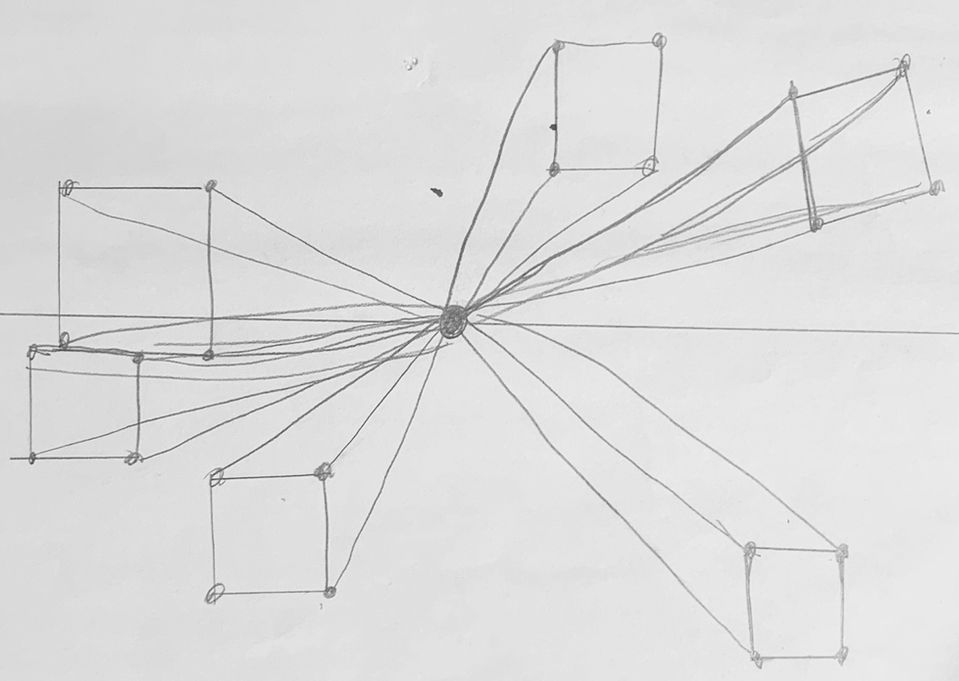Ages 5 - 12
LITTLE ARCHITECTS
DESIGN 101
Developmental Activation: public speaking, utilizing tools, confidence
In Little Architects, children design and build the inspiring structures they see all around them. Children are presented with a type of structure that they get to design in their own way. They will collaborate with peers to brainstorm what they need to include for safety and the operation of their structure along with fun elements they wish to add to make it more exciting. Structures include cruise ships, tree houses, shopping malls, amusement parks, schools, resorts, parks, zoos, sky scrapers, train stations, airports, and so many more types of buildings. Working individually, children will learn how to explore and create space by hand-drafting while following guidance from the instructor. Drawings will include floor plans, material keys, interior design mood boards, interior perspective, and 3D models of their structures. At the end of each activity, children will showcase their blueprints and models. As “Little Architects,” we empower them to speak confidently about their design, explain its features, and offer positive feedback and questions.
Each LITTLE ARCHITECTS activity will include elements of the following:
Introduction to architecture:
Children will learn what architecture is and why it is important. They will also learn about different types of buildings and the materials used to construct them.
Sketching and drawing:
Children will learn how to use pencils, pens, and paper to create simple sketches and drawings. They will practice drawing shapes, lines, and forms, and learn how to use perspective to create the illusion of depth on a flat surface.
Measuring and scaling:
Children will learn how to measure and scale objects, using rulers and other tools. They will practice measuring the length, width, and height of objects, and learn how to convert between different units of measurement.
Model-making:
Children will learn how to make simple models using a variety of materials, such as cardboard, paper, clay, and wood. They will practice creating models of buildings and other structures and learn how to make them to scale.
Design principles:
Children will learn about the principles of design, such as balance, proportion, symmetry, and emphasis. They will practice applying or breaking these principles to their own architectural designs.
Presentation and critique:
Children will learn how to present their designs to others and receive constructive feedback. They will also learn how to evaluate and critique the designs of their classmates.
Overall, this activity is designed to introduce young children to the world of architecture and help them develop the skills and knowledge they need to create their own unique and creative designs.















